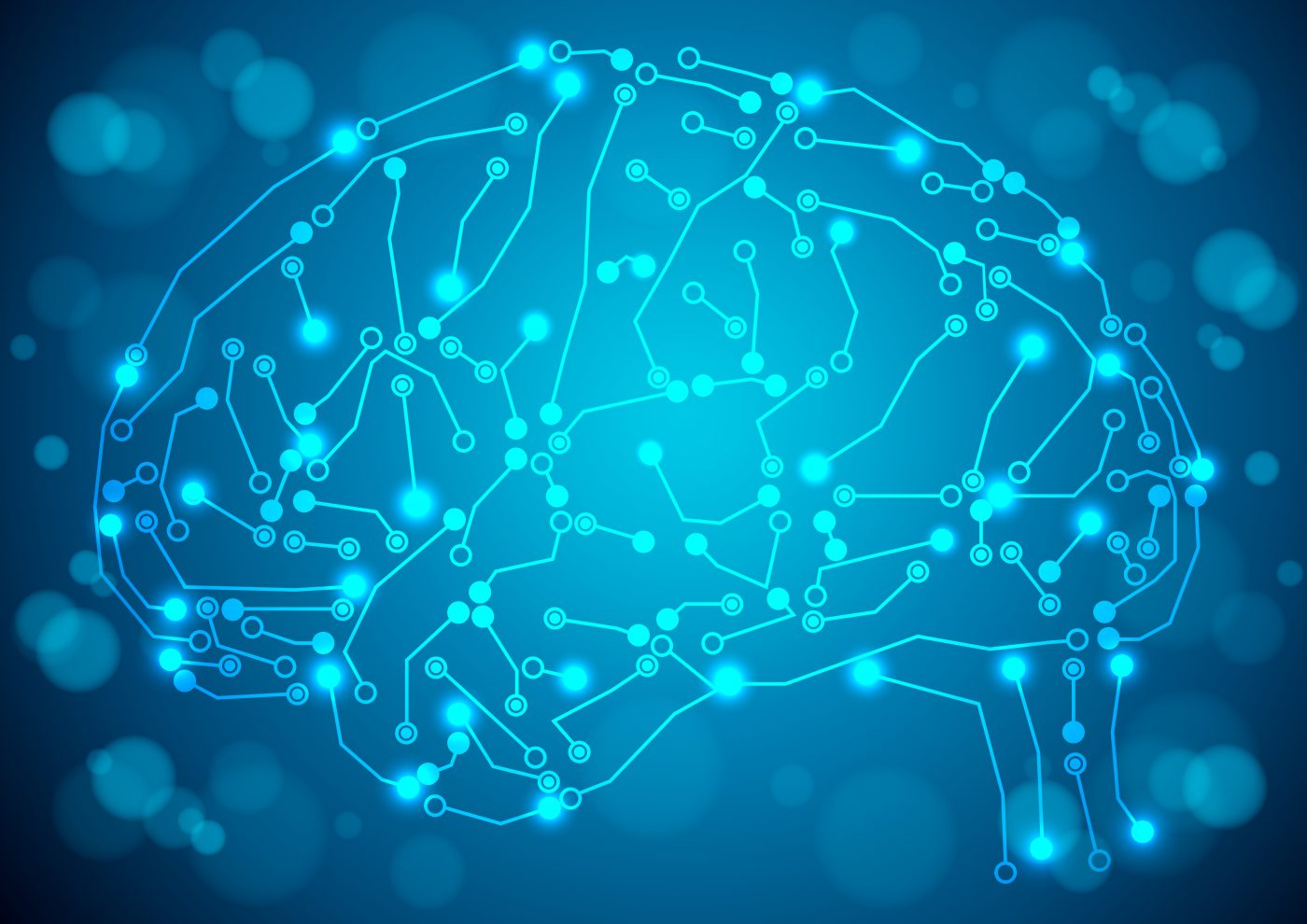Depression in Huntington’s Is Linked to Early Changes in Brain Wiring, Study Finds

Depression, one of the symptoms of Huntington’s disease, may be associated with structural and functional changes in brain wiring occurring before the most common symptoms appear, according to new research.
The study, “Structural And Functional Brain Network Correlates Of Depressive Symptoms In Premanifest Huntington’s Disease,” was published in the journal Human Brain Mapping.
The pathologic features of Huntington’s disease (HD) include psychiatric disturbances (depression and psychosis), cognitive deficits, motor deficiencies and involuntary movements. Depression is a common symptom in earlier phase Huntington’s disease (preHD), preceding even the motor anomalies associated with this disease, and accounts for significant morbidity among patients.
Researchers followed patients from two large multicenter studies in Huntington’s disease, the Track-HD and Track-On HD studies, to investigate how changes in functional and structural brain wiring relate to depressive symptoms in preHD and healthy individuals.
To do so, they constructed brain networks using a technique called diffusion tractography in 70 preHD patients and 81 healthy people, and functional magnetic resonance imaging (fMRI) in 92 preHD patients and 94 controls. They then related specific changes in brain wiring with depression, anxiety, and apathy scores assessed in patients.
Results indicated that depressive symptoms were correlated with increased functional connectivity and decreased structural connectivity in preHD patients. These changes were specifically detected in two brain regions, called the default mode network (DMN) and the basal ganglia.
Loss of structural connectivity between other regions, such as the medial orbitofrontal and thalamus, hippocampus and frontal pole, were also seen between preHD and healthy individuals.
Apathy in preHD patients was only correlated with increased functional connectivity in these regions, showing that brain wiring changes associated with depression are quite specific.
“Increased functional connections between the DMN are associated with depressive and apathy symptoms in preHD, while reduced structural connections between the basal ganglia and the DMN are associated with depressive symptoms but not apathy,” researchers wrote. “Furthermore, these connectivity variations associated with depressive symptoms were also present between patient and control groups, regardless of depression or apathy.”
“These findings reveal the specific functional and structural brain connections implicated in the common neuropsychiatric symptoms occurring in preHD,” researchers concluded.






